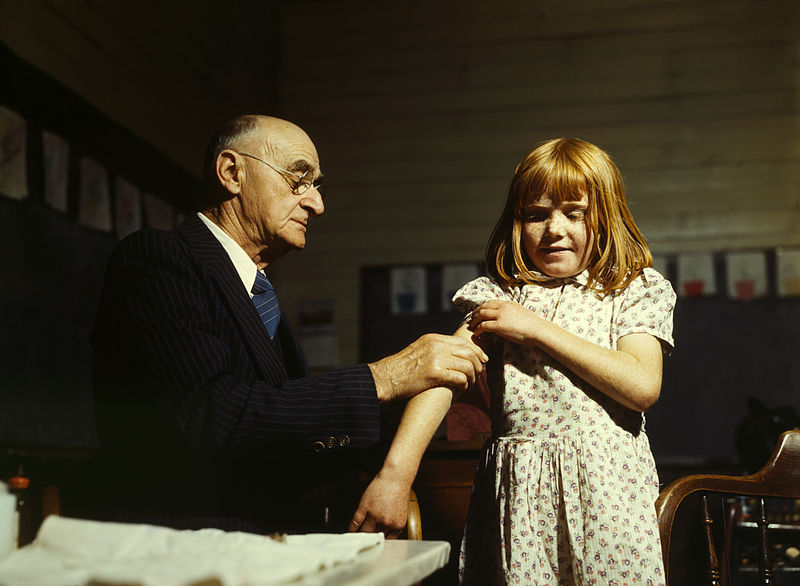|
Rabies - World Health Organization (WHO)
WHO fact sheet on rabies, providing key facts and information on symptoms, diagnosis, transmission, post-exposure prophylaxis, local treatment, prevention, WHO response
Rabies - World Health Organization (WHO)
Rabies is a viral zoonotic disease that causes progressive and fatal inflammation of the brain and spinal cord.
Frequently asked questions about rabies for the General Public
Rabies is a viral disease transmitted from mammals to humans that causes an acute encephalitis. There are two clinical manifestations of rabies: furious and paralytic. Furious rabies is the most common form of human rabies. Once symptoms of the disease develop, either form is almost always fatal. Rabies is transmitted through mucosal exposure to infected animals, such as rabid dogs, bats and ...
狂犬病 - World Health Organization (WHO)
注意:II类和III类暴露需要接种人用狂犬病疫苗。 疫苗质量 世卫组织建议的所有人用 狂犬病疫苗均符合世卫组织标准。 部署劣质狂犬病疫苗已导致几个国家出现公共卫生失败。 疫苗接种——皮内注射与肌内注射 正如 暴露后预防疫苗注射指南 中详细介绍的,世卫组织建议将人用狂犬病疫苗的肌内 ...
Rabies - World Health Organization (WHO)
Rabies is an infectious viral disease that is almost always fatal following the onset of clinical signs. It affects domestic and wild animals, and is spread to people through bites or scratches, usually via saliva. Dogs are the main hosts and transmitters of rabies. They are the cause of human rabies deaths in 99% of all cases. Dog-mediated rabies kills tens of thousands of people every year ...
Rabies - World Health Organization (WHO)
Rabies is a vaccine-preventable, zoonotic, viral disease. Dogs are the source of the vast majority of rabies virus transmission, through bites or scratches, usually via saliva. Once clinical symptoms appear, rabies is virtually 100% fatal. Clinically, it has two forms: Furious rabies – characterized by hyperactivity and hallucinations.
Human rabies prevention and management - World Health Organization (WHO)
Rabies is preventable through three proven, effective interventions: Awareness of rabies disease engages communities and empowers people to save themselves by seeking the care they need. This includes an understanding of how to prevent rabies in animals, when to suspect rabies, and what to do in case of a bite. Post-exposure prophylaxis (PEP) consists of a series of rabies vaccines and, in ...
Rabies - World Health Organization (WHO)
Rabies is fatal once symptoms appear The disease affects both domestic and wild animals, and is spread to people usually via saliva, bites and scratches. Early symptoms include fever, and often pain or an unusual tingling sensation around the wound. Thorough cleansing of the wound and immunization within a few hours after a bite can prevent the onset of the disease.
Principaux repères de l'OMS sur la rage
La rage est une zoonose virale à prévention vaccinale qui touche le système nerveux central. Dès lors que les symptômes cliniques apparaissent, la rage est mortelle dans pratiquement 100 % des cas. Les chiens domestiques sont responsables de la transmission du virus de la rage aux humains dans près de 99 % des cas. Pourtant, la rage touche aussi bien les animaux domestiques que sauvages.
Rabies - India - World Health Organization (WHO)
Rabies is a vaccine-preventable viral disease which occurs in more than 150 countries and territories. Dogs are the source of the vast majority of human rabies deaths, contributing up to 99% of all rabies transmissions to humans. Low awareness of the need to seek health care after a dog bite claims the lives of more than 55 000 people each year, mostly in Asia and Africa. India is endemic for ...
|






